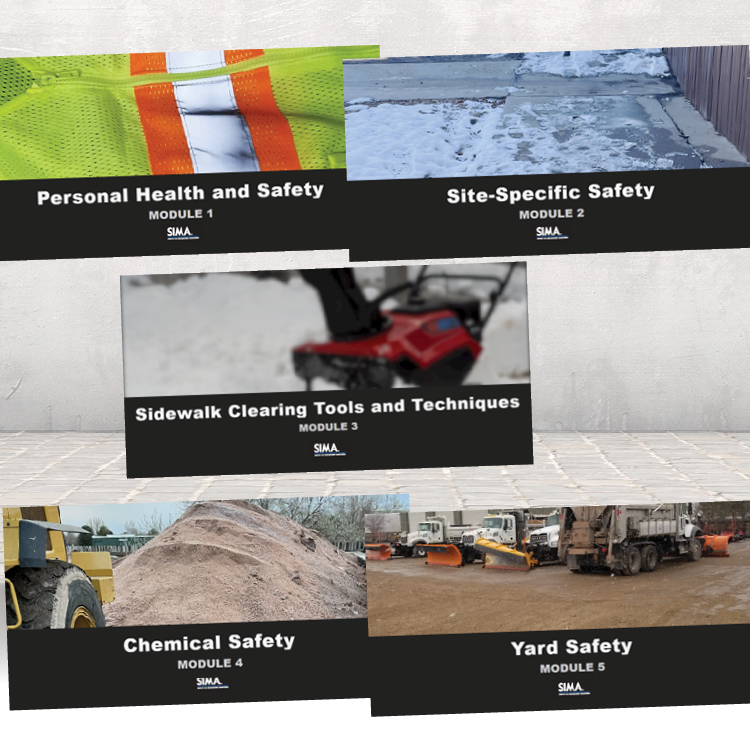Conducting a job safety analysis (JSA) for snow operations is a critical step in ensuring the safety of workers during the winter season. A JSA involves a detailed examination of each task performed by workers, identifying potential hazards, and implementing measures to mitigate these risks. This proactive approach not only helps in preventing accidents but also promotes a culture of safety within the organization.
One of the primary objectives of a JSA is to recognize and understand the various risks associated with snow operations. These risks can range from cold stress and slip and fall incidents to equipment limitations and environmental hazards. By addressing these issues systematically, companies can create a safer working environment for their employees. This industry can be hard on teams, its often cold and thankless work.
Download Job Safety Analysis sheet
Identifying and mitigating cold stress hazards
Cold stress is a significant concern during commercial snow operations. Workers exposed to freezing temperatures for extended periods are at risk of hypothermia, frostbite, and other cold-related illnesses. It's essential to identify the risk factors that contribute to cold stress and implement strategies to mitigate them.
Proper clothing is crucial. Workers should wear layers of clothing that can be adjusted based on their activity level and the external temperature. Waterproof and insulated boots, gloves, and hats are also necessary to protect extremities from the cold. Employers can consider providing high-quality winter gear to ensure all workers are adequately equipped!
Additionally, it's important to schedule regular breaks in warm areas to allow workers to recover from the cold and overexertion. Providing warm beverages and encouraging workers to stay hydrated can also help in preventing cold stress. Remember that caffeine can exacerbate dehydration, too. Training workers to recognize the signs of cold-related illnesses and the importance of reporting symptoms immediately is another vital step in mitigating these hazards.
Preventing slip and fall incidents
Slip and fall incidents are common during snow operations, often resulting from icy surfaces and improper footwear. These incidents can lead to severe injuries, making it essential to implement measures to prevent them.
One effective strategy is to ensure that all workers wear appropriate footwear with good traction. Employers can collaborate with vendors to provide high-quality, slip-resistant boots at discounted rates or even subsidize the cost. Also keep in mind that as first-responders during snow events, team members are potentially more at risk from slipping and falling on unplowed or packed snow then the patrons of the sites you maintain!

Regularly inspecting job sites for potential hazards, such as uneven surfaces and hidden ice patches, is also crucial. Workers should be trained to recognize these hazards and report them immediately. Implementing a buddy system, where workers look out for each other, can further enhance safety by ensuring that hazards are promptly identified and addressed.
Recognizing and addressing equipment limitations
Equipment used in snow operations, such as snowplows, salt spreaders, and snow blowers, have limitations that can pose risks if not properly managed. Overloading equipment, using outdated machinery, and neglecting regular maintenance can lead to accidents and injuries.
It's essential to understand the capacity and limitations of each piece of equipment. For instance, overloading a salt spreader can affect its stability and braking ability, increasing the risk of accidents. Regular maintenance and inspections are crucial to ensure that equipment is in good working condition and any potential issues are addressed promptly.
Training workers on the proper use and limitations of equipment is also vital. They should be aware of the risks associated with overloading and the importance of regular maintenance. Additionally, having backup equipment available can reduce downtime and ensure that operations continue smoothly even if a piece of machinery fails.
Managing environmental hazards effectively
Environmental hazards, such as icy surfaces, poor visibility, and extreme weather conditions, are inherent in snow operations. Managing these hazards effectively is essential to ensure the safety of workers.
One approach is to conduct thorough site assessments before the start of the winter season. Identifying areas prone to ice buildup, ensuring proper drainage, and installing markers around hazards like fire hydrants and utility boxes can help prevent accidents. Yard safety is critical, whenever your team is together marshalling equipment, materials, and labor at a central location, ensure that you follow standard safety protocols like yard safety signs, checklists, etc.
Download Yard Safety Checklist
Effective communication with clients and workers is vital in managing environmental hazards. Clients should be informed about potential risks and the measures being taken to mitigate them. Workers should receive regular updates on weather conditions and be trained to adjust their operations accordingly. Providing clear guidelines on what to do in case of severe weather can further enhance safety.
Implementing best practices for safety and risk reduction
Implementing best practices for safety and risk reduction is the cornerstone of a successful job safety analysis for snow operations. This involves a combination of training, proper equipment use, and effective communication.

Download Safe & Efficient Shoveling
Regular training sessions on safety protocols, hazard recognition, and emergency procedures are essential. Workers should be encouraged to participate actively in these sessions and provide feedback on potential improvements. Using checklists and standard operating procedures (SOPs) can help ensure that all safety measures are consistently followed.
Effective communication is also crucial. Establishing clear lines of communication between workers, supervisors, and clients can help identify and address potential hazards promptly. Using technology, such as mobile apps and real-time updates, can further enhance communication and ensure that everyone is informed about current conditions and safety measures.
By implementing these best practices, companies can significantly reduce the risks associated with snow operations and create a safer working environment for their employees.




